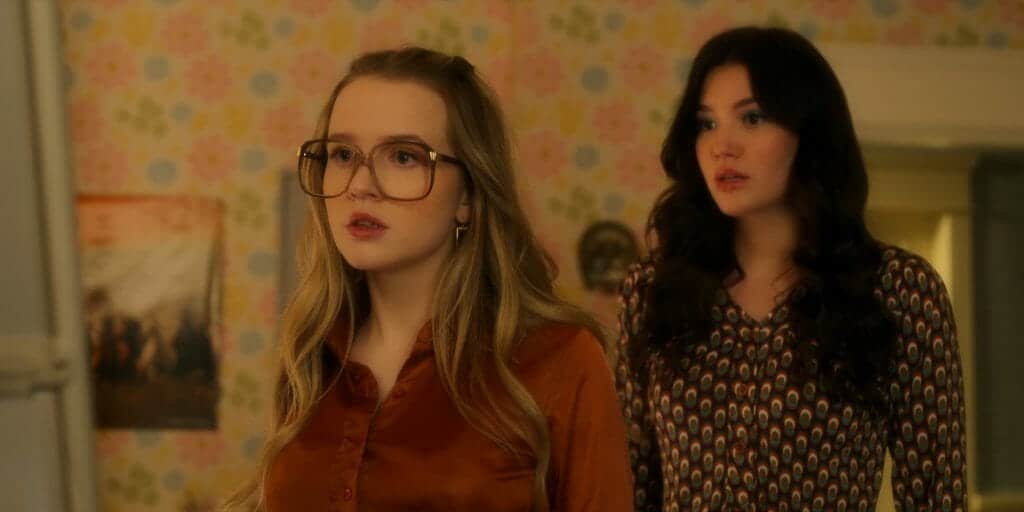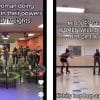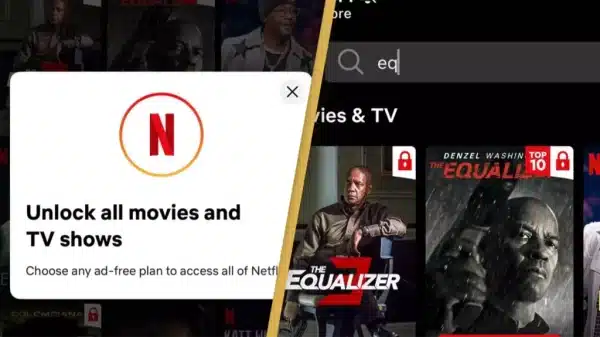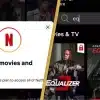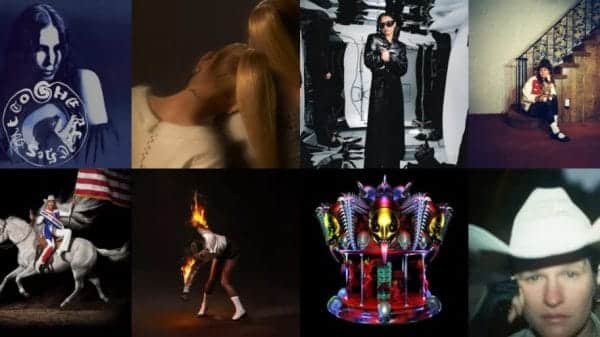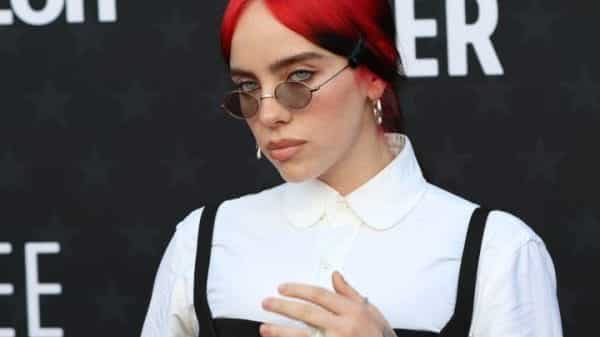Does the series aimed at representing female friendship, ‘Firefly Lane,’ accurately represent two strong female protagonists or conform to dominant stereotypes?
What is Firefly Lane?
Firefly Lane series two was released as the final installment of the two-season series this April. The series explores the deep friendship of Tully Hart (Katherine Heigl) and Kate Malarkey (Sarah Chalke), exploring the transitions the friendship makes over several decades. Although ‘Firefly Lane’ gathered commercial success, gaining 49 million viewers in 28 days when it was first released on Netflix. Critics have questioned the complexity and accuracy of the show’s representation and whether the show reproduces dominant stereotypes about women and female friendships.
The Plot and Characterization within Firefly Lane
‘Firefly Lane’ spans 30 years in the intertwined lives of two best friends, the troubled but endearing Tully Hart and the geeky, kind-hearted Kate Mularkey. Viewers experience the friendship through the eras, when the pair first met as teens in the 70s, the early feminist workings of the 80s when they tried to break into the journalism industry and a present-day focus in the 2000s.
The show effectively depicts each woman’s transitions as they enter different life stages, giving the audience a solid basis for understanding the character’s present status and dilemmas. The present-day context explores both Tully (Heigl) and Kate (Chalke) grappling with their circumstances; Tully is at the forefront of a successful women’s television show, and although she experiences fame and money, she deals with loneliness as she is childless and unable to commit to a relationship. Opposingly, we see Kate as an overwhelmed mother, dealing with a divorce and attempting to reenter the workforce after being a stay-at-home mother.
“Much of the story, in broad strokes, is familiar: Tully is the rebellious and sparkling one with a past that is difficult in more visible and explicit ways; Kate is the quieter and more cautious one with a past that is difficult in less obvious ways. Tully’s life is more focused on her career (as a television talk-show host); Kate’s life, although she is a TV producer, is more focused on domesticity (she ultimately has a teenage daughter)”.
Linda Holmes
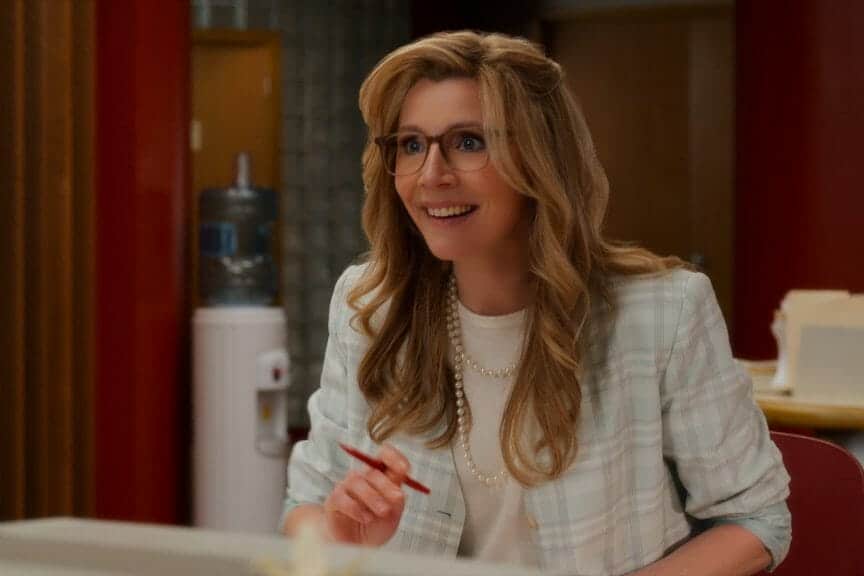
Dominant Stereotypes
There is a long history of television reproducing dominant stereotypes about women, often producing limited representations of their roles. The characters of Tully and Kate are both constrained by restricting stereotypes; due to Tullys booming career, she lacks children or intimate relationships; similarly, Kate’s role in motherhood has determined her career progression, as she struggles to gain meaningful work due to her family commitments. This reflects dominant societal stereotypes surrounding women and the decisions to prioritize work or family life.
“We always assume that a woman who has no children has given up something, that she is less fulfilled, less happy, less complete.”
Federica Araco
In regards to Katherine Heigl’s character ‘Tully Hart’, her character undergoes fertility and miscarriage issues and is robbed of the chance to have children, seemingly at the expense of her career. Actress Geena Davis rightfully compared the representation of female characters on television compared to male characters.
Television today teems with female characters holding jobs of the sort a young girl — or boy — might aspire to. However, almost none of those characters have children. This is a disproportionate representation because, of working women, 60 percent are working mothers. There is a more rigorous set of standards for female characters than we do for male characters in this society.
Neda Ulaby
An Alternative Representation?
Firefly Lane does subvert many conventions of successful television shows, as it offers two female protagonists. The series embraces the complexities of womanhood and female friendship by showcasing two women and featuring their struggles and triumphs; many shows fail to do the same. The narrative celebrates the dynamics of friendship, moving away from the typical focus on romantic relationships.
One actor from the show noted
“Being able to play strong, powerful women and have [the] story focus not on a romantic relationship, but a platonic relationship, is beautiful,” she says. “I love it.”
Anne Cohen
Although ‘Firefly Lane’ can be seen to reflect stereotypes surrounding women and feature typical narratives female characters often face. The show is an alternative to celebrating female friendship; fans have embraced the show and are emotionally invested. If a series can impact audiences emotionally, it is a sign of a successful show, with fans continually wanting more.


